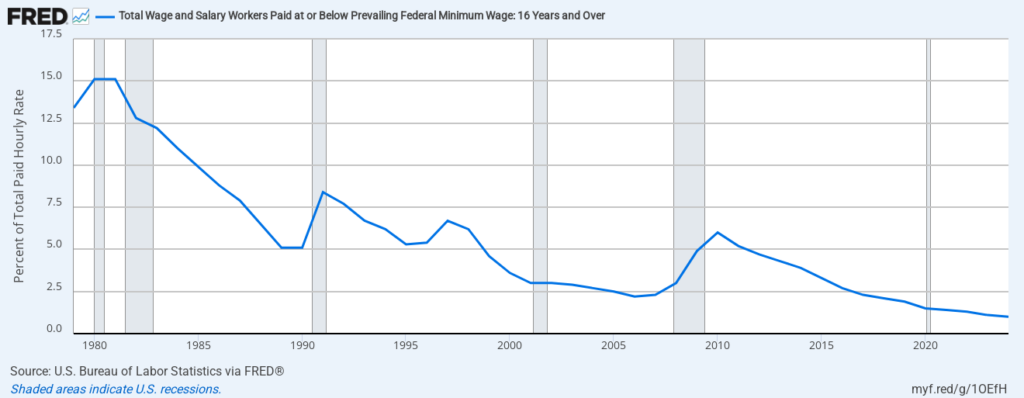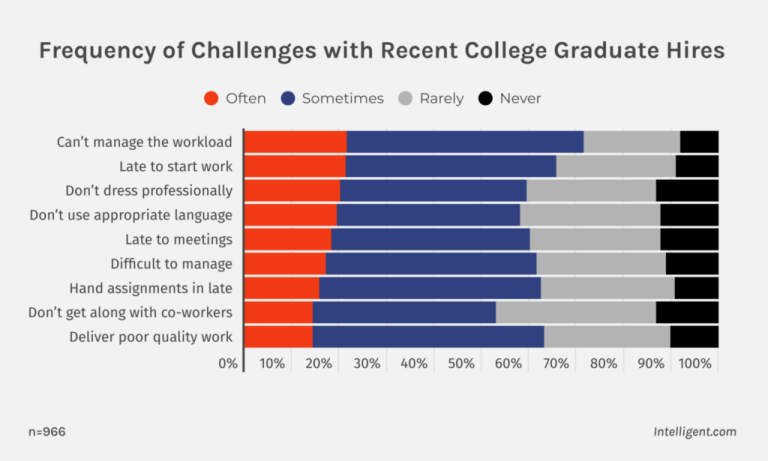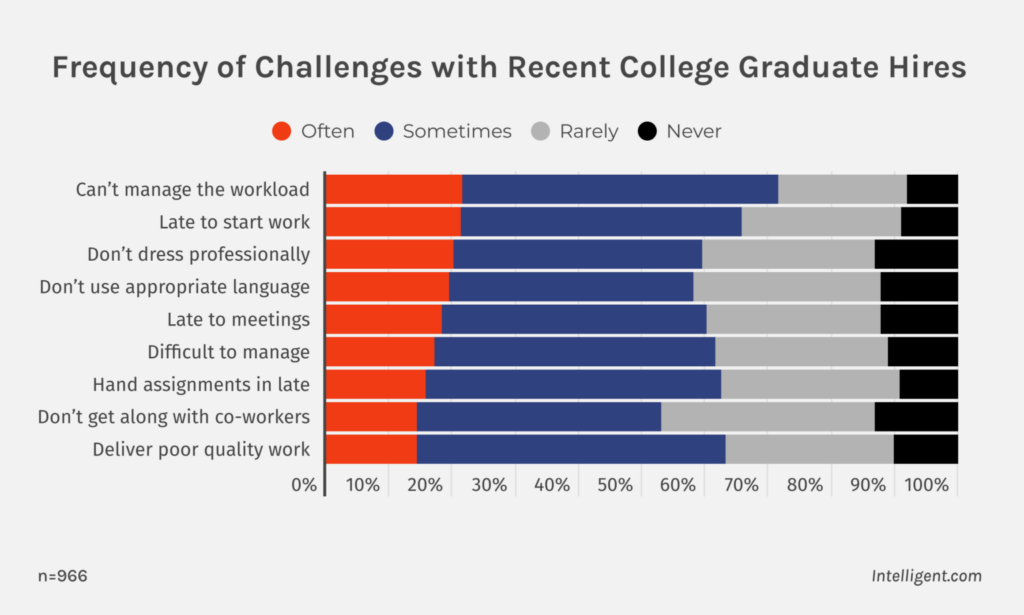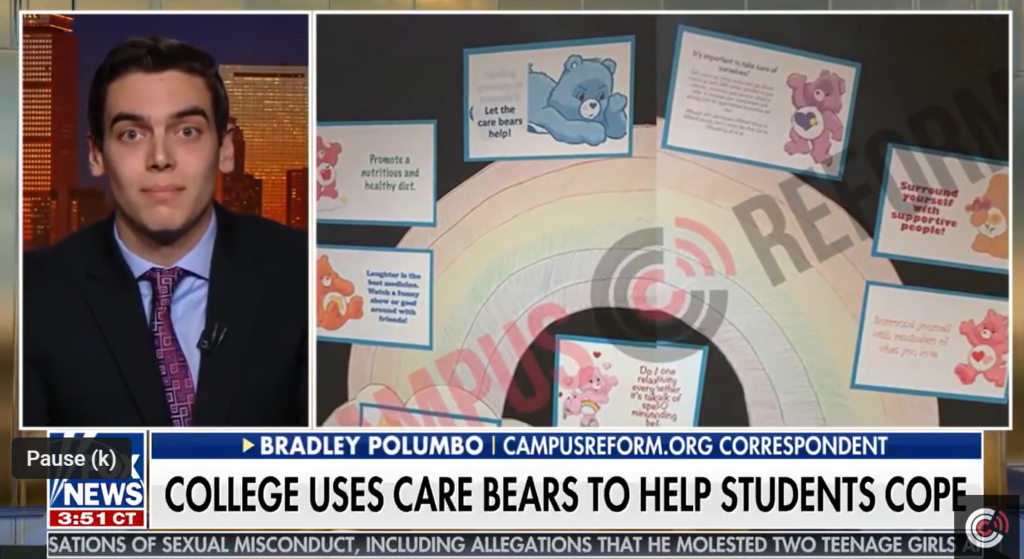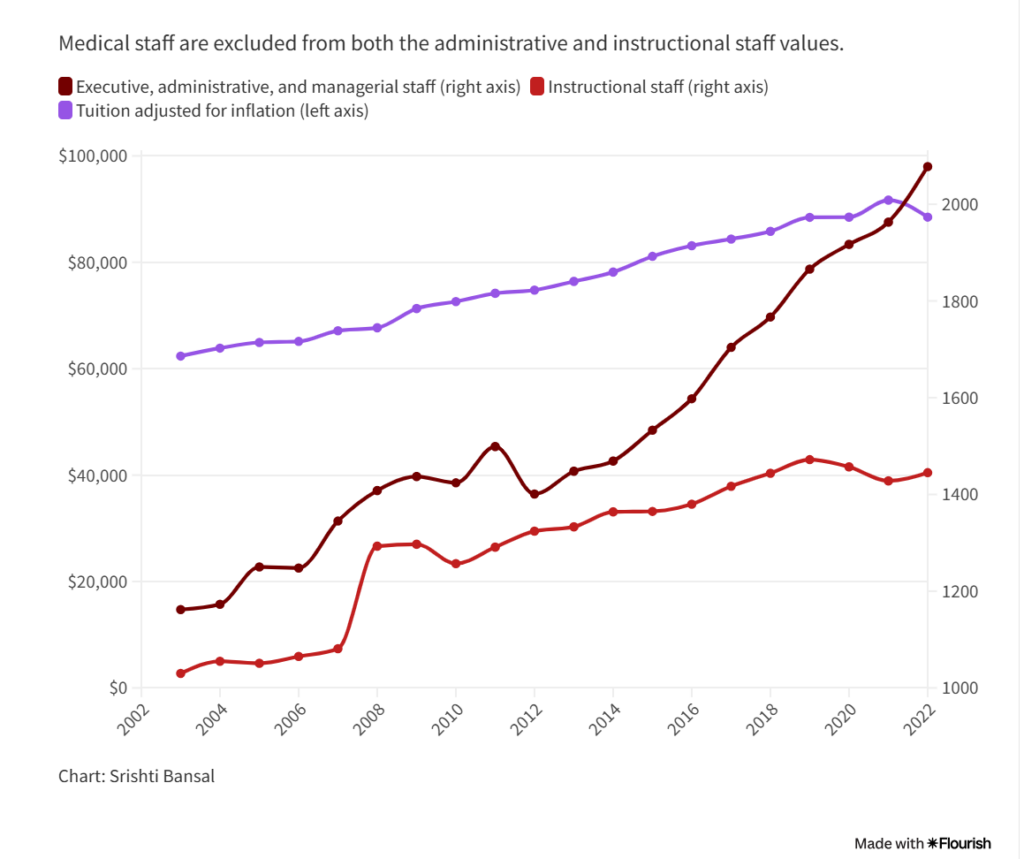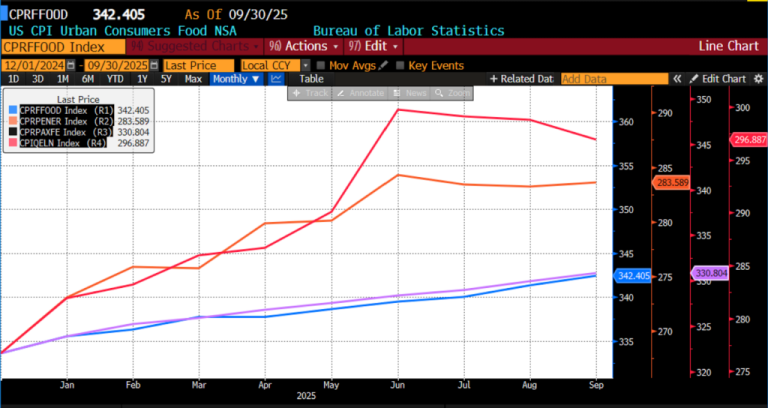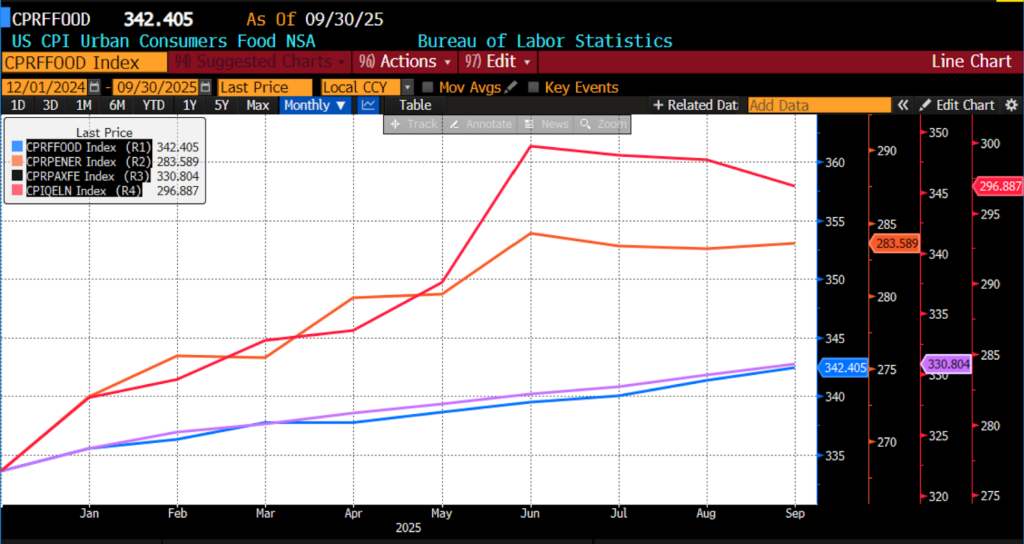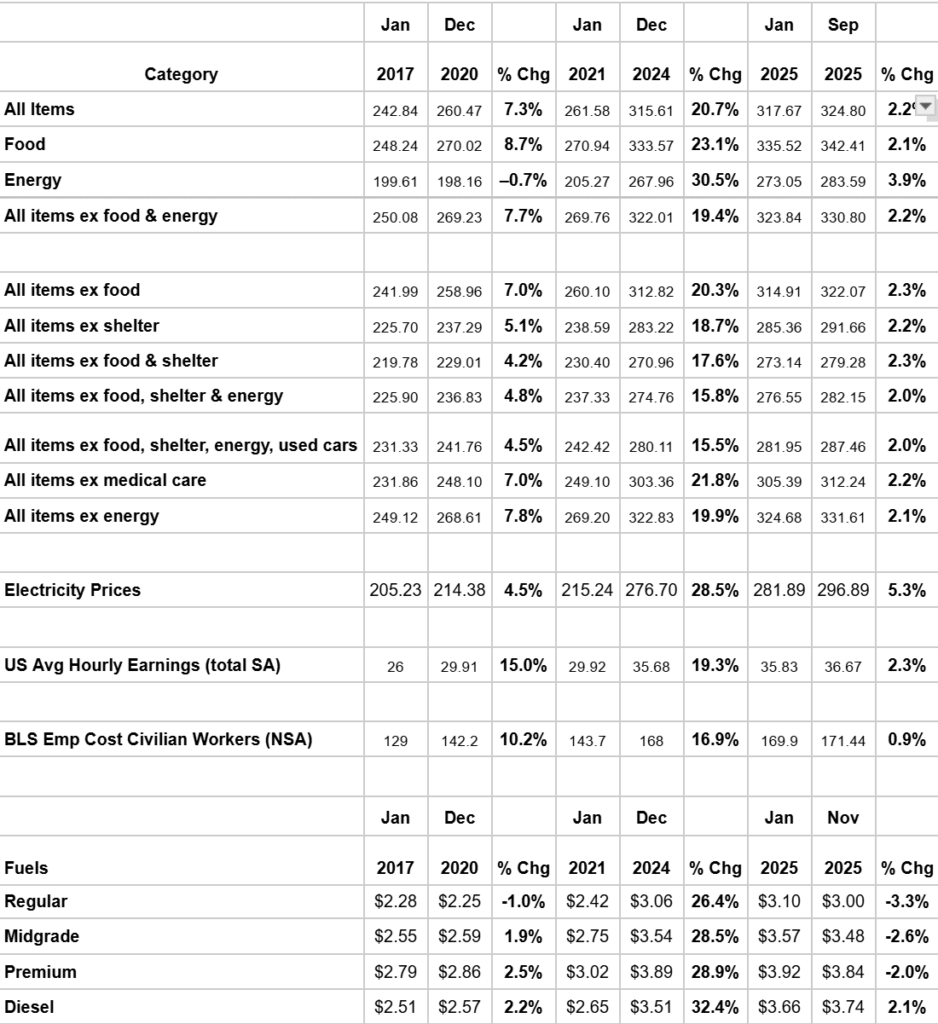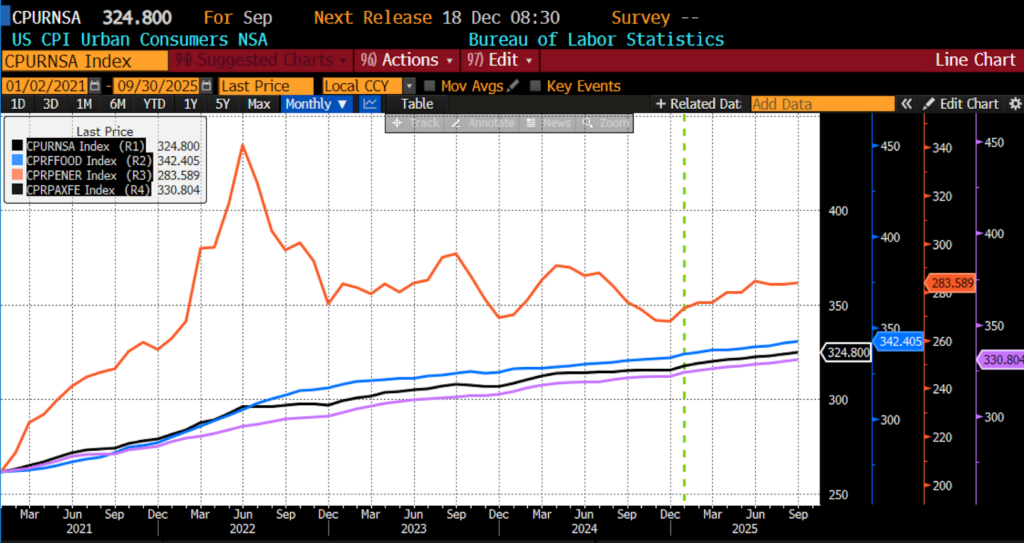President Trump’s detractors and defenders alike have cast his federal foray into local law enforcement as a revival of “broken windows” policing. But while Americans quarrel over deploying federal troops in city streets, the president has been busy applying a different type of broken windows theory to our nation’s trade policy.
In 1850, French satirist Frédéric Bastiat introduced – and promptly smashed – what economists call the “broken window fallacy.” Bastiat’s parable runs like this. Suppose a roving bandit smashes a shopkeeper’s window. The shopkeeper is devastated – this cruel deed will cost him $1,000. But the local mayor consoles him: “Don’t despair! This destruction creates work for our local glazier. Perhaps he’ll spend his earnings from this repair at the butcher’s, who’ll then patronize the brewer’s, who’ll then frequent the baker’s, and so on. Ultimately, Fortuna’s misfavor enriches our community!”
The mayor’s Panglossian outlook paints a pretty picture. But, as Bastiat notes, it’s wildly deceptive. Why? It focuses only on the “seen” – everyone who directly benefits from the damage: the glazier, the butcher, the brewer, the baker, and so on. This cleverly distracts us from seeing the “unseen” – all the wealth that would’ve been created if not for this wanton act of vandalism. For had his window not been smashed, our shopkeeper could’ve spent his shekels on something else he’d surely value more than repairing a window. Perhaps he would’ve spent it on a new fireplace. This would create work for the mason. Perhaps the mason would’ve spent his earnings at the butcher’s, who’d then patronize the brewer, who’d then visit the baker, and so on. All told, society would be roughly $1,000 richer in this alternate reality. For our shopkeeper would have a new chimney and a perfectly good window.
Nearly 175 years later, Bastiat’s cautionary tale provides a window into the fallacy that lies at the heart of today’s trade war: the myth that destruction creates wealth – that breaking trade deals and global supply chains, like breaking windows, is a secret recipe for prosperity.
Like the mayor in Bastiat’s tale, President Trump is a slick politician and a masterful spin artist. He’s exceptional at portraying his policy’s “success” by focusing our attention squarely on its visible beneficiaries. That’s why he often unveils his latest tariffs in made-for-TV spectacles where he’s encircled by jubilant workers at revived factories that directly benefit from his protectionist policies.
Thankfully, Bastiat’s parable exposes this clever marketing ploy for what it is: cheap sophistry. For every reshored job and “Made in America” product comes at the hidden cost of whatever else we could’ve made with those resources (where that “whatever else” is something more valuable to the economy). These costs are, by definition, difficult to measure. And unlike a ribbon-cutting ceremony at a newly opened factory, they’re impossible to showcase. But they’re very real, and very damaging to the economy. The late Henry Hazlitt aptly distilled Bastiat’s insight in his classic work, Economics in One Lesson: the art of economics consists in looking beyond the immediate, visible benefits of a policy on one group to consider its long-run, “unseen” consequences on the entire economy.
Keep your eyes peeled, and you’ll detect shards of this fallacy scattered all over the White House Rose Garden from the president’s “Liberation Day” extravaganza. You’ll also find it littered all over cable news. Indeed, viewing today’s headlines through Bastiat’s lens reveals that many of the president’s most cherished trade war “victories” are a mirage.
In May, Trump’s Commerce Secretary Howard Lutnick vowed to stick it to China by bringing iPhone assembly jobs “back” to America. “The army of millions of human beings screwing in little screws to make iPhones, that kind of thing is going to come to America!” he gushed.
Would this bolster our economy, as Trump and Lutnick argue? Quite the opposite. Hiring an “army of millions” of Americans to assemble iPhones means drawing them away from jobs we actually excel at, like designing iPhones, developing new software, and countless others. If a $25,000 job assembling iPhones replaces a $125,000 job designing them, America isn’t $25,000 richer – we’re $100,000 poorer. Dave Chappelle is right: Americans want to buy iPhones, not make them.
In August, the president touted July’s tariff haul as a $30 billion windfall to our economy. To the untrained eye, this appears to be welcome news. But a messier image comes into focus when viewed through Bastiat’s lens. As any economist worth their salt can attest, tariffs are a tax borne by consumers in the form of higher prices. Higher prices mean consumers have less money to spend on other things, thus crowding out growth and destroying jobs in those sectors. That $30 billion in tariff revenue isn’t manna from heaven, as Trump often portrays it. It’s a hidden tax on US consumers.
What about the raft of “trade agreements” and investment deals the president loves to flaunt? In July, Trump touted his agreement with the EU as “the biggest deal ever made.” The EU, Saudi Arabia, Japan, South Korea, and the UAE pledged to invest $750 billion, $600 billion, $550 billion, $350 billion, and $200 billion, respectively. Corporations have also joined in. In May, Nvidia pledged to invest $500 billion in domestic chip manufacturing. In August, Apple affirmed its $600 billion investment in America. Meta’s Mark Zuckerberg also vowed to invest $600 billion.
These headlines certainly seem propitious, even if these “commitments” are incredibly vague, and the numbers seemingly conjured out of thin air. (Lest we forget: what matters to the dealmaker-in-chief is eye-catching headlines, not empirical accuracy or sound economics.) But even if Trump’s tariffs succeed in reshoring some jobs, Bastiat’s question remains: at what cost? If other nations can manufacture iPhones and widgets more efficiently than we can, economics teaches us we’re better off importing those products. This frees our workers to specialize in higher-paying jobs they excel at – skilled craftsmen, artisans, high-skilled manufacturing, etc. – of which there’s no shortage.
Trump is a skilled promoter and a crafty marketer; he knows how to craft a compelling story. Credit where it’s due, he’s often not entirely wrong. Even his tallest tales are typically rooted in a seed of truth. Urban crime, though still fairly low by historical standards, remains inexcusably high. Foreign trade, though incredibly beneficial to our economy, does displace some domestic firms and workers.
But he’s also a deft illusionist. Whether he’s defending his policies on crime or trade, he’s remarkably adept at drawing our attention where he wants. On crime, he tells harrowing tales of urban violence to justify federal incursions into local law enforcement. On trade, he hosts grand ribbon-cuttings at reopened factories in made-for-TV spectacles to justify taking autocratic control over trade policy.
It’s brilliant retail politics, to be sure. That said, there’s a stark difference between broken windows policing and his broken windows trade policy. Although controversial, broken windows policing is eminently defensible. His broken windows trade policy, in contrast, is not. Economists are virtually united in condemning protectionism (with the notable exception of Peter Navarro and Ron Vara, but we repeat ourselves). They generally support free trade, only granting exceptions in rare, well-delineated circumstances.
To be clear, economists don’t claim free trade is a panacea. No profession is more fond of reminding people that every decision involves tradeoffs (hence Harry Truman’s Melvillian quest to find a “one-armed economist”). Are there tough tradeoffs that policymakers must weigh when conducting trade policy, like protecting crucial national security interests and fortifying strategically vital industries? Absolutely – though, to be fair, these concerns are often wildly overstated by lobbyists trying to hurt foreign competitors. Are there steps policymakers can take to make our economy more competitive? Sure – though, to be clear, we should start by slashing red tape, not clumsily cutting off trade. The Hippocratic Oath in medicine also applies to economic policy: “first, do no harm.” It’s one thing to attract investment with the carrot of simplifying taxes and surgically removing our most malignant policies. It’s quite another to compel it with the stick – nay, sledgehammer – of tariffs and trade barriers, with all their far-reaching negative consequences. One need not be a free trade absolutist to believe that we shouldn’t throw the baby out with the bathwater when it comes to trade.
When it comes to trade policy, don’t fall for the president’s sleight of hand. Don’t get beguiled by propitious-sounding headlines or eye-popping investment figures. All this smoke and mirrors is a clever way for the president to distract Americans from the destructive effects of his trade war, as evidenced by the recent spate of weak jobs reports and anemic growth figures. Instead, heed Bastiat’s timeless wisdom: Behind every lofty tariff pronouncement lies a hidden cost. Like the politician in Bastiat’s tale, when Trump brags about “bringing back” jobs, all he’s really celebrating is a hefty bill for replacing windows he smashed with his tariffs.
Despite all the sound and fury emanating from the White House, Bastiat’s lesson rings as true as ever. Destroying trade doesn’t create prosperity any more than smashing windows creates wealth.


